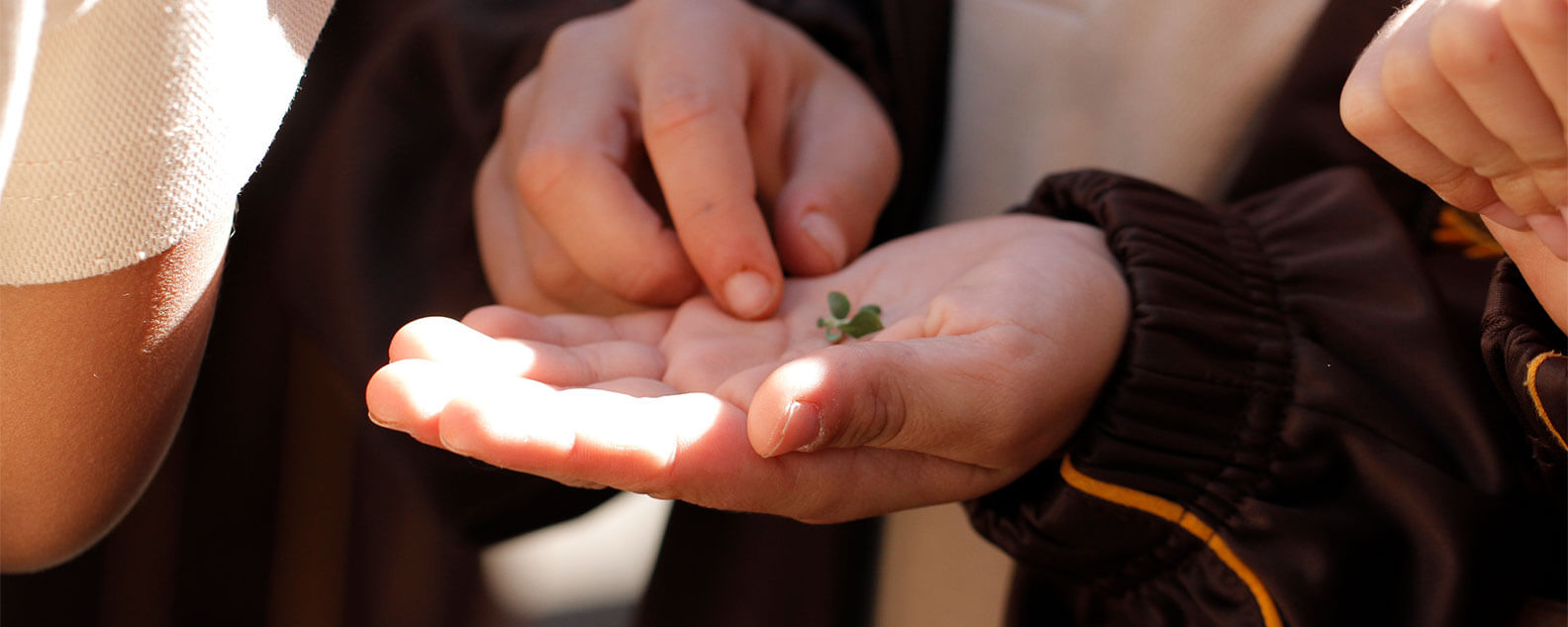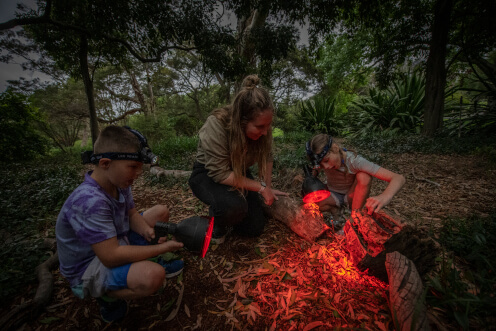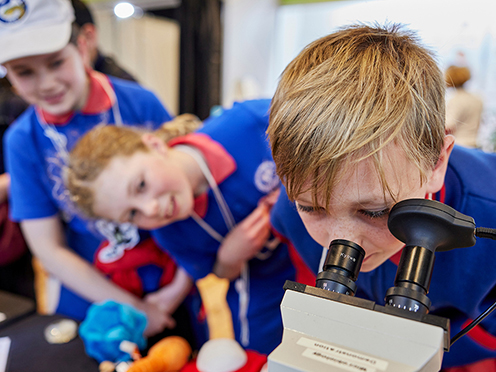Plant Scientists
Put on your scientific hats! It's time to investigate the amazing world of plants.

Stage 2
Science and Technology
2 hours
Minimum charges apply. Discounts apply for full day programs!
Put on your scientific hats! It's time to investigate the amazing world of plants.
Explore plant lifecycles, and make predictions and conduct a scientific investigation into whether specific Australian plants need fire and smoke to complete their lifecycles.
Students will
- Explore plant life cycles on a guided walk through the Garden and discover how scientists classify plants.
- Make predictions and conduct a scientific investigation into whether specific Australian plants need fire and smoke to complete their lifecycles, including planting seeds to take back to school to complete the investigation.
- Become a field botanist and conduct a study to gain a greater understanding of plants.
Key content
- Identify patterns in plants and grouping them according to their external features.
- Compare the similarities and differences between the life cycles of different plants.
- Explore pollination and seed dispersal as examples of interdependence between living things.
- Plan and conduct a scientific investigation with guidance.
Links to New South Wales curriculum
Focus Syllabus Outcomes
Science - Living World
- Compares features and characteristics of living and non-living things (ST2-4LW-S)
Supported Syllabus Outcomes
Science - Working Scientifically
- Questions, plans and conducts scientific investigations, collects and summarises data and communicates using scientific representations (ST2-1WS-S)

"Compare the similarities and differences between the life cycles of different plants."
Related excursions

Experience the Garden and its fascinating nightlife on this adventure by torchlight.

Based on Katrina Germein’s book Big Rain Coming, students will explore how First Nations people read and understand daily and seasonal weather changes and how this affects the places and environments around us.

Sydney Science Trail excursions are back this August. Explore the program and book your primary school class excursion for National Science Week.